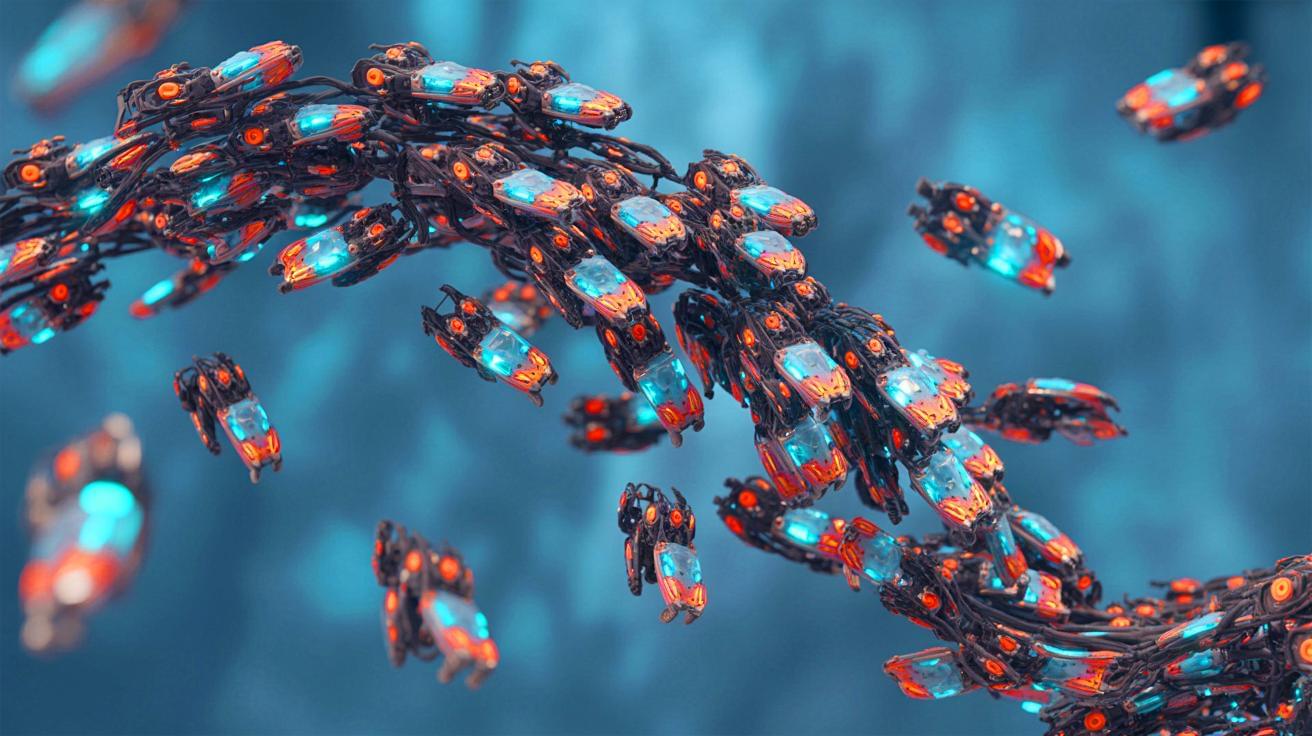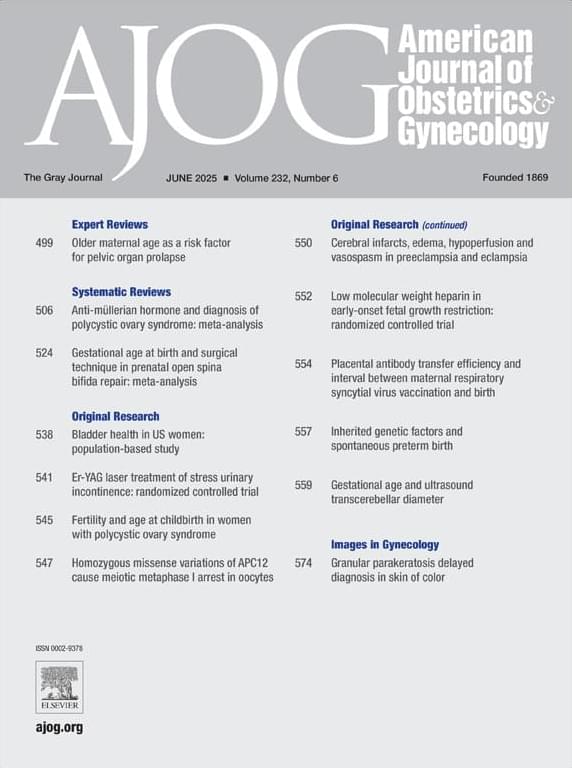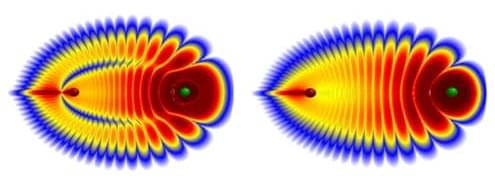IN A NUTSHELL 🔬 Scientists have created a swarm of tiny robots that function as a dynamic, living material. 🧬 Inspired by embryonic development, these robots can change shape, self-heal, and adapt like smart materials. 💡 Equipped with light sensors and magnets, the robots coordinate their movements to transition between solid and liquid states. 🏗️
From claims of a golden age of productivity to workforce cuts, it’s been a whirlwind two years for software developers
Mucosal-associated invariant T (MAIT) cells are innate-like T cells defined by their semi-invariant T cell receptor (TCR) and restriction by the MHC class I-related molecule (MR1). These cells are pr…
A team of physicists from the University at Albany has proposed scientifically rigorous methods for documenting and analyzing Unidentified Anomalous Phenomena (UAP) building upon the work of numerous past and present researchers in the field.
The team tested their methods in the field for the first time and reported their findings in Progress in Aerospace Sciences.
UAP is the term used by government agencies like NASA to refer to “observations of events in the sky that cannot be identified as aircraft or known natural phenomena.”
Scientists at the Institute for Basic Science (IBS) have uncovered a non-invasive method to boost the brain’s natural waste drainage system—a discovery that could open new avenues for tackling age-related neurological disorders.
In a study published in Nature, researchers from the IBS Center for Vascular Research, led by Director Koh Gou Young, along with senior researchers Jin Hokyung, Yoon Jin-Hui, and principal researcher Hong Seon Pyo, demonstrate that precisely stimulating the lymphatics under skin on the neck and face can significantly enhance the flow of cerebrospinal fluid (CSF)—the liquid that cushions the brain and helps remove toxic waste —through lymphatic vessels.
This offers a new approach to clearing brain waste using safe, non-invasive mechanical stimulation, rather than relying on drugs or surgical interventions.
New research has overturned a long-held belief in neuroscience by showing that the brain uses separate synaptic transmission sites for spontaneous and evoked signaling.
Eclampsia is a serious pregnancy complication and is associated with cerebral edema and infarctions. However, the underlying pathophysiology of eclampsia remains poorly explored.
High-precision spectroscopy of weakly bound rubidium dimers pushes a theoretical model to its limits.
A new model captures how impurities affect jets formed when bubbles rise and pop at a liquid surface.
A new framework for studying chiral materials puts the emphasis on electron chirality rather than on the asymmetry of the atomic structure.
Chirality is a fundamental feature of nature, manifesting across scales—from elementary particles and molecules to biological organisms and galaxy formation. An object is considered chiral if it cannot be superimposed on its mirror image. In condensed-matter physics, chirality is primarily viewed as a structural asymmetry in the spatial arrangement of atoms within a crystal lattice [1]. A perhaps less familiar fact is that chirality is also a fundamental quantum property of individual electron states [2]. Now, Tatsuya Miki from Saitama University in Japan and colleagues introduce electron chirality as a framework to quantify symmetry breaking in solids, focusing on chiral and related axial materials [3]. The researchers propose a way of measuring electron chirality with photoemission spectroscopy.









